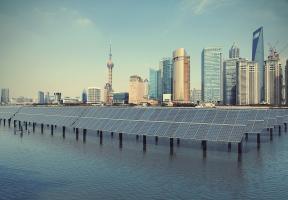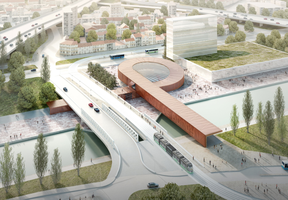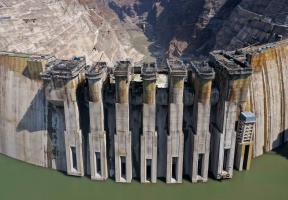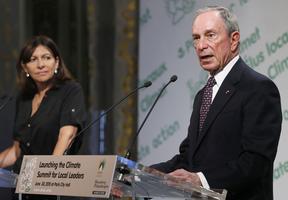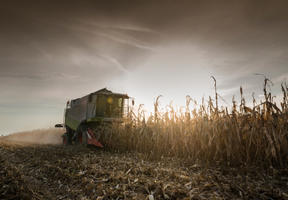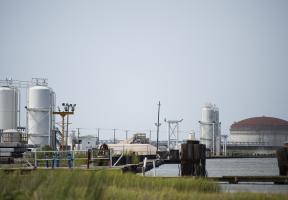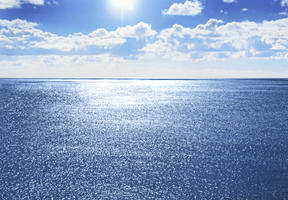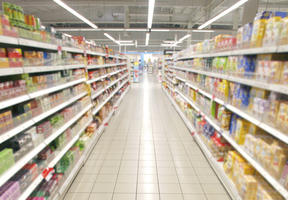The fight against heat islands in Seattle
10 min read
Seattle is a city in the United States, near the Pacific Ocean. It’s known as the “emerald city” as it’s surrounded by evergreen forests. But in the past few years, Seattle has been increasingly feeling the , especially in the summer. To fight the heat, the city has decided to revegetate, recover rainwater for later use, and build original and ecological buildings.

© DAVID RYDER / GETTY IMAGES VIA AFP - Amazon's Seattle headquarters symbolizes the search for symbiosis between the city of tomorrow and the CO2-saving plant environment.
Like its Canadian neighbor Vancouver, Seattle, one of the main cities of North-West America, facing the Pacific Ocean, was hit by a severe heatwave in July 2021 reaching 109.4°F (43°C), in a region renowned for its coolness and green landscapes.
Aside from these record temperatures, half of the city’s population lives in “heat islands” in the summer, areas where the air and surface temperatures (streets, building facades, inside walls) are much higher than in the outlying areas, particularly at night. In the heart of Seattle, the temperature of these islands is often 8°C higher than in zones outside the city, and underprivileged neighborhoods are the hardest hit.
More trees and greenery
To tackle the problem, the city launched a major program in July 2023 to increase its tree canopy, i.e. the surface of foliage directly exposed to the sun’s rays. It helps cool the atmosphere and increase the capture of CO2. When a house owner removes a tree, they must replant one on the same piece of land or pay a tax to a municipal fund in charge of reforesting the city.
The plan also encourages the creation of green spaces, green roofs and facades. Another original initiative was to plant a three-hectare forest of fruit trees near the city center where people could go pick their own.
Managing water runoff
The city is also studying innovative building coatings made up of a light concrete, which effectively reflects the sun’s rays. It is also permeable, meaning that rainwater can seep into the ground rather than runoff. The city gets a lot of rainfall and heatwaves always rhyme with heavy storms. Tests have been conducted to channel the flows using techniques such as land leveling, reducing impermeable surfaces, planting shrubs, digging channels to recover rainwater and filter it before returning it into the ground.
Amazon and Microsoft, who is the greenest of them all?
Two giants of the global economy have spectacularly embodied the concept of "buildings meet botanicals".
Amazon, whose headquarters are at the heart of Seattle, has installed three gigantic glass spheres, which house a rainforest botanical garden spanning four floors. Almost 40,000 plants and trees from the five continents are planted there among pools, waterfalls, aquariums, and living walls.
Microsoft, whose headquarters are in Redmond, 25 km north of Seattle, has just installed three large treehouse meeting spaces on its campus. Situated in the treetops, 3 meters off the ground, they are used as meeting rooms and rest areas.


